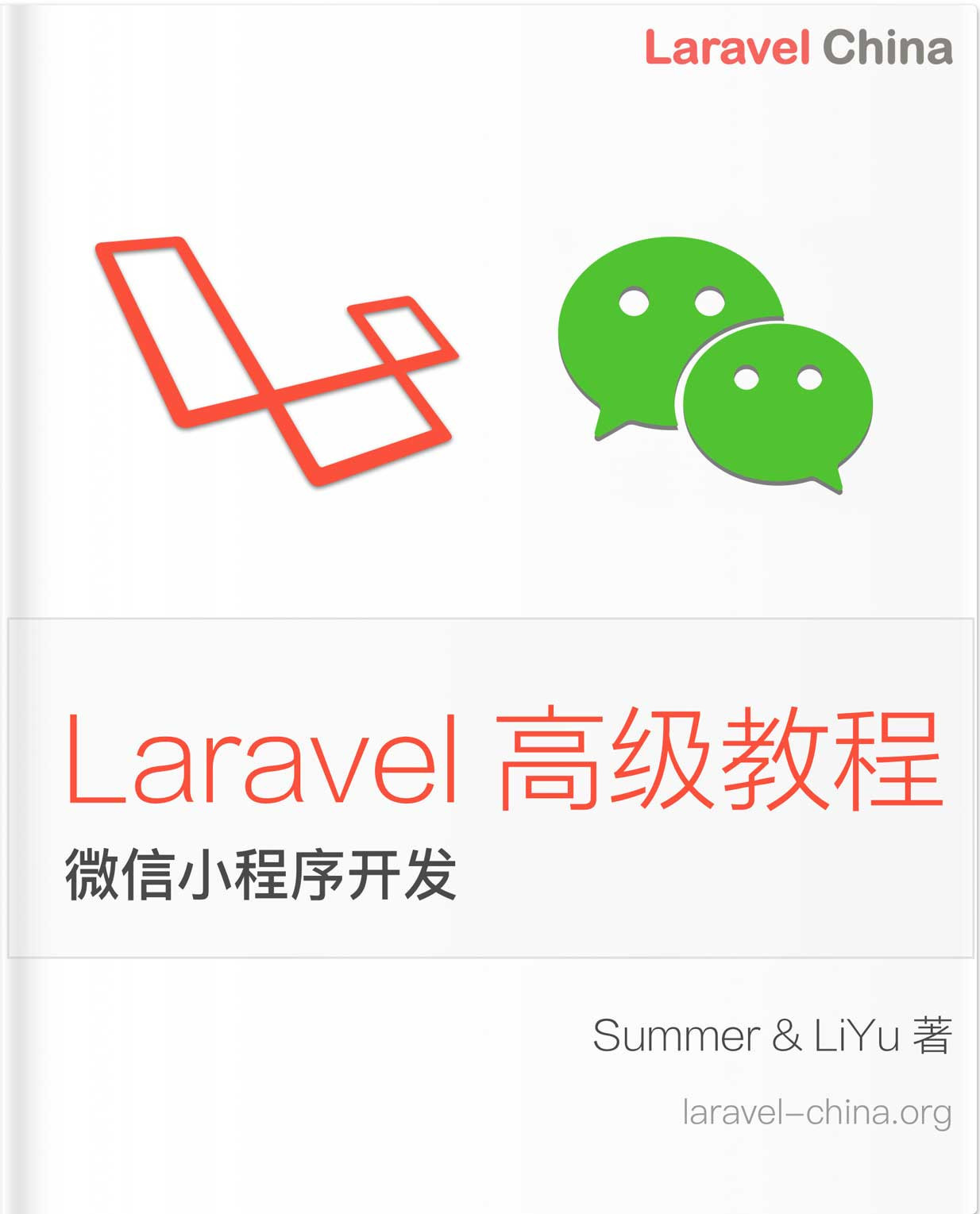Facades
什么是Facades
Facades是我们在Laravel应用开发中使用频率很高的一个组件,叫组件不太合适,其实它们是一组静态类接口或者说代理,让开发者能简单的访问绑定到服务容器里的各种服务。Laravel文档中对Facades的解释如下:
Facades 为应用程序的 服务容器 中可用的类提供了一个「静态」接口。Laravel 本身附带许多的 facades,甚至你可能在不知情的状况下已经在使用他们!Laravel 「facades」作为在服务容器内基类的「静态代理」,拥有简洁、易表达的语法优点,同时维持着比传统静态方法更高的可测试性和灵活性。
我们经常用的Route就是一个Facade, 它是\Illuminate\Support\Facades\Route类的别名,这个Facade类代理的是注册到服务容器里的router服务,所以通过Route类我们就能够方便地使用router服务中提供的各种服务,而其中涉及到的服务解析完全是隐式地由Laravel完成的,这在一定程度上让应用程序代码变的简洁了不少。下面我们会大概看一下Facades从被注册进Laravel框架到被应用程序使用这中间的流程。Facades是和ServiceProvider紧密配合的所以如果你了解了中间的这些流程对开发自定义Laravel组件会很有帮助。
注册Facades
说到Facades注册又要回到再介绍其它核心组建时提到过很多次的Bootstrap阶段了,在让请求通过中间件和路由之前有一个启动应用程序的过程:
//Class: \Illuminate\Foundation\Http\Kernel
protected function sendRequestThroughRouter($request)
{
$this->app->instance('request', $request);
Facade::clearResolvedInstance('request');
$this->bootstrap();
return (new Pipeline($this->app))
->send($request)
->through($this->app->shouldSkipMiddleware() ? [] : $this->middleware)
->then($this->dispatchToRouter());
}
//引导启动Laravel应用程序
public function bootstrap()
{
if (! $this->app->hasBeenBootstrapped()) {
/**依次执行$bootstrappers中每一个bootstrapper的bootstrap()函数
$bootstrappers = [
'Illuminate\Foundation\Bootstrap\DetectEnvironment',
'Illuminate\Foundation\Bootstrap\LoadConfiguration',
'Illuminate\Foundation\Bootstrap\ConfigureLogging',
'Illuminate\Foundation\Bootstrap\HandleExceptions',
'Illuminate\Foundation\Bootstrap\RegisterFacades',
'Illuminate\Foundation\Bootstrap\RegisterProviders',
'Illuminate\Foundation\Bootstrap\BootProviders',
];*/
$this->app->bootstrapWith($this->bootstrappers());
}
}在启动应用的过程中Illuminate\Foundation\Bootstrap\RegisterFacades这个阶段会注册应用程序里用到的Facades。
class RegisterFacades
{
/**
* Bootstrap the given application.
*
* @param \Illuminate\Contracts\Foundation\Application $app
* @return void
*/
public function bootstrap(Application $app)
{
Facade::clearResolvedInstances();
Facade::setFacadeApplication($app);
AliasLoader::getInstance(array_merge(
$app->make('config')->get('app.aliases', []),
$app->make(PackageManifest::class)->aliases()
))->register();
}
}在这里会通过AliasLoader类的实例将为所有Facades注册别名,Facades和别名的对应关系存放在config/app.php文件的$aliases数组中
'aliases' => [
'App' => Illuminate\Support\Facades\App::class,
'Artisan' => Illuminate\Support\Facades\Artisan::class,
'Auth' => Illuminate\Support\Facades\Auth::class,
......
'Route' => Illuminate\Support\Facades\Route::class,
......
]看一下AliasLoader里是如何注册这些别名的
// class: Illuminate\Foundation\AliasLoader
public static function getInstance(array $aliases = [])
{
if (is_null(static::$instance)) {
return static::$instance = new static($aliases);
}
$aliases = array_merge(static::$instance->getAliases(), $aliases);
static::$instance->setAliases($aliases);
return static::$instance;
}
public function register()
{
if (! $this->registered) {
$this->prependToLoaderStack();
$this->registered = true;
}
}
protected function prependToLoaderStack()
{
// 把AliasLoader::load()放入自动加载函数队列中,并置于队列头部
spl_autoload_register([$this, 'load'], true, true);
}通过上面的代码段可以看到AliasLoader将load方法注册到了SPL __autoload函数队列的头部。看一下load方法的源码:
public function load($alias)
{
if (isset($this->aliases[$alias])) {
return class_alias($this->aliases[$alias], $alias);
}
}在load方法里把$aliases配置里的Facade类创建了对应的别名,比如当我们使用别名类Route时PHP会通过AliasLoader的load方法为Illuminate\Support\Facades\Route类创建一个别名类Route,所以我们在程序里使用别Route其实使用的就是Illuminate\Support\Facades\Route类。
解析Facade代理的服务
把Facades注册到框架后我们在应用程序里就能使用其中的Facade了,比如注册路由时我们经常用Route::get('/uri', 'Controller@action);,那么Route是怎么代理到路由服务的呢,这就涉及到在Facade里服务的隐式解析了, 我们看一下Route类的源码:
class Route extends Facade
{
/**
* Get the registered name of the component.
*
* @return string
*/
protected static function getFacadeAccessor()
{
return 'router';
}
}只有简单的一个方法,并没有get, post, delete等那些路由方法, 父类里也没有,不过我们知道调用类不存在的静态方法时会触发PHP的__callStatic静态方法
public static function __callStatic($method, $args)
{
$instance = static::getFacadeRoot();
if (! $instance) {
throw new RuntimeException('A facade root has not been set.');
}
return $instance->$method(...$args);
}
//获取Facade根对象
public static function getFacadeRoot()
{
return static::resolveFacadeInstance(static::getFacadeAccessor());
}
/**
* 从服务容器里解析出Facade对应的服务
*/
protected static function resolveFacadeInstance($name)
{
if (is_object($name)) {
return $name;
}
if (isset(static::$resolvedInstance[$name])) {
return static::$resolvedInstance[$name];
}
return static::$resolvedInstance[$name] = static::$app[$name];
}通过在子类Route Facade里设置的accessor(字符串router), 从服务容器中解析出对应的服务,router服务是在应用程序初始化时的registerBaseServiceProviders阶段(具体可以看Application的构造方法)被\Illuminate\Routing\RoutingServiceProvider注册到服务容器里的:
class RoutingServiceProvider extends ServiceProvider
{
/**
* Register the service provider.
*
* @return void
*/
public function register()
{
$this->registerRouter();
......
}
/**
* Register the router instance.
*
* @return void
*/
protected function registerRouter()
{
$this->app->singleton('router', function ($app) {
return new Router($app['events'], $app);
});
}
......
}router服务对应的类就是\Illuminate\Routing\Router, 所以Route Facade实际上代理的就是这个类,Route::get实际上调用的是\Illuminate\Routing\Router对象的get方法
/**
* Register a new GET route with the router.
*
* @param string $uri
* @param \Closure|array|string|null $action
* @return \Illuminate\Routing\Route
*/
public function get($uri, $action = null)
{
return $this->addRoute(['GET', 'HEAD'], $uri, $action);
}补充两点:
-
解析服务时用的
static::$app是在最开始的RegisterFacades里设置的,它引用的是服务容器。 -
static::$app['router'];以数组访问的形式能够从服务容器解析出router服务是因为服务容器实现了SPL的ArrayAccess接口, 对这个没有概念的可以看下官方文档ArrayAccess
总结
通过梳理Facade的注册和使用流程我们可以看到Facade和服务提供器(ServiceProvider)是紧密配合的,所以如果以后自己写Laravel自定义服务时除了通过组件的ServiceProvider将服务注册进服务容器,还可以在组件中提供一个Facade让应用程序能够方便的访问你写的自定义服务。

 Laravel内核分析
Laravel内核分析



 关于 LearnKu
关于 LearnKu



